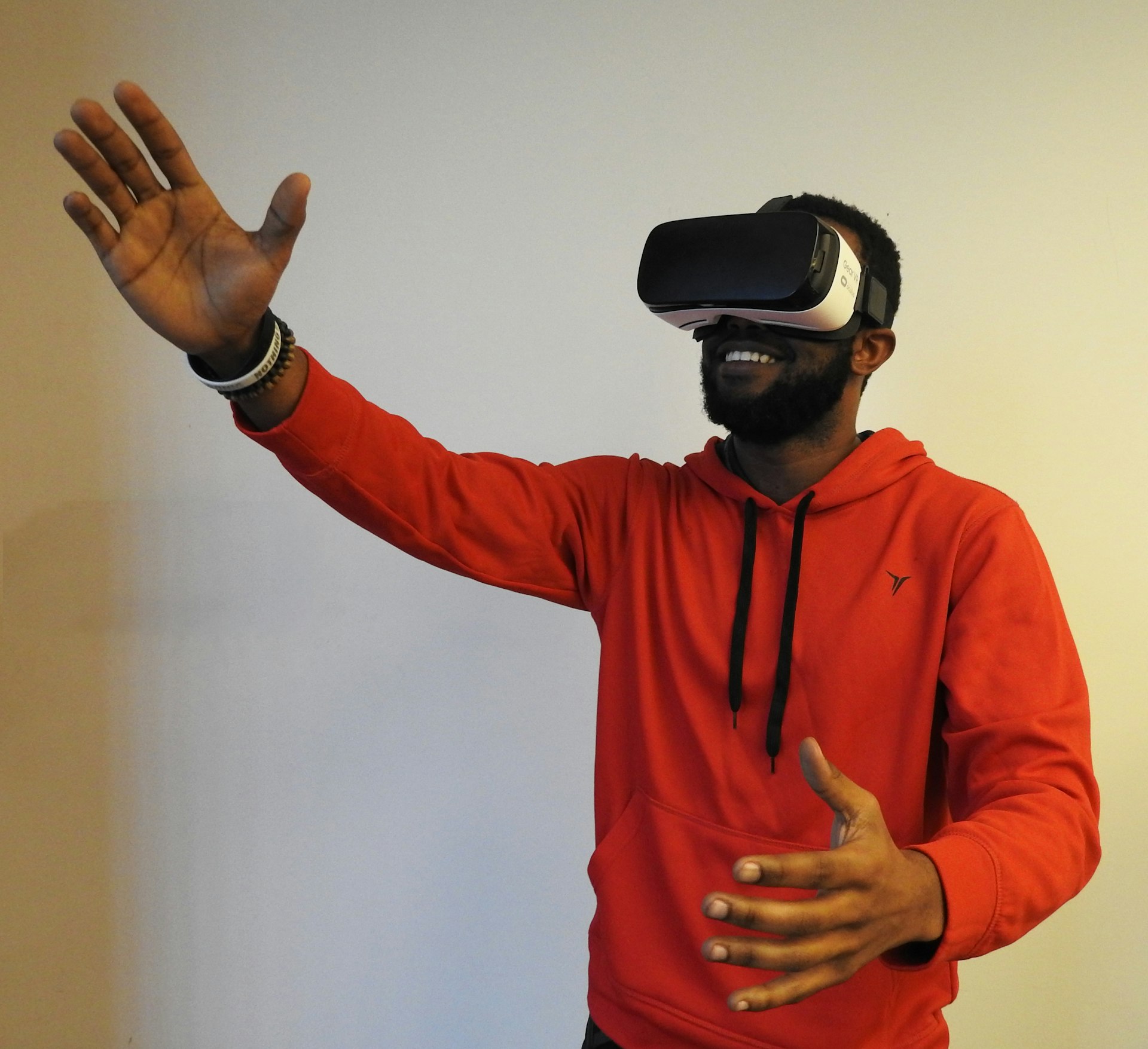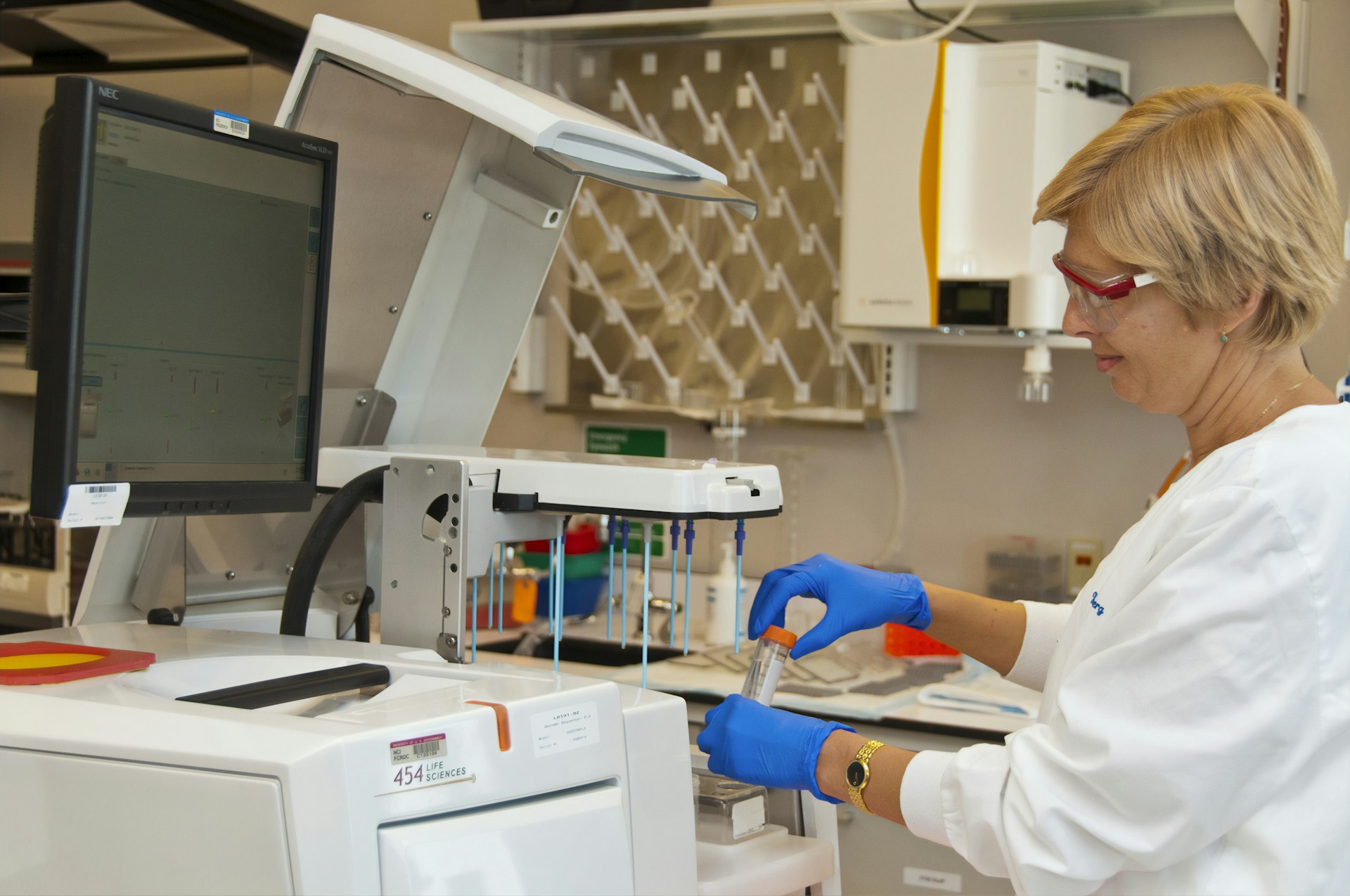Empowering Diabetes Care: The Latest Digital Tools and Technology for Smarter Management

Photo by isens usa on Unsplash
Introduction: The Digital Revolution in Diabetes Management
Managing diabetes has always required diligence, education, and the right set of tools. Today, the landscape is changing rapidly, with digital technology offering unprecedented support for individuals living with diabetes. From continuous glucose monitors (CGMs) to artificial intelligence (AI)-driven dashboards and smart wearables, these innovations promise not only greater convenience but also improved health outcomes. This article provides a comprehensive guide to the latest digital tools for diabetes management, practical steps for accessing them, case studies, and alternative strategies for those seeking better control over their condition.
1. Continuous Glucose Monitoring (CGM): Real-Time Insights and Predictive Power
CGMs have become essential for both type 1 and type 2 diabetes management. Unlike traditional finger-prick tests, CGMs continuously track glucose levels via a sensor placed on the skin, providing minute-by-minute data streamed directly to a smartphone or compatible device. The American Diabetes Association (ADA) now recommends CGMs for a broader group of patients, including those on oral medications and pregnant individuals with diabetes, due to their value in refining treatment plans and promoting proactive care [5] . New CGMs offer longer wear times, smaller sensors, and predictive analytics that can alert users to potential highs or lows before they become dangerous [1] .
Example: Stanford Medicine’s AI-powered dashboard filters CGM data to identify patients needing urgent intervention, enabling timely outreach and tailored care [3] .
How to Access: To obtain a CGM, consult your healthcare provider or endocrinologist. Insurance coverage varies, but many plans include CGMs for eligible patients. For up-to-date guidance, visit the American Diabetes Association’s official website and search for “CGM coverage and recommendations.”
Challenges & Solutions: Integrating CGM data across different brands can be complex, but clinics are increasingly adopting unified dashboards and data-sharing platforms to streamline care [3] .
2. Smart Wearables: Beyond Glucose Monitoring
Wearable technology has evolved from simple activity trackers to sophisticated devices tailored for diabetes management. Smartwatches and fitness trackers now feature built-in glucose monitoring, hydration tracking, and stress management tools. These wearables deliver actionable insights, such as alerts when glucose levels trend high after meals, and can suggest interventions like exercise or dietary adjustments [2] .
Example: Smiles Medical Supply offers a range of health tech for diabetics, including advanced CGMs and insulin pumps that sync with mobile apps for seamless monitoring [2] .
How to Access: To explore available diabetes wearables, you can contact reputable medical suppliers or ask your diabetes care team for recommendations. It’s advisable to search for “FDA-approved diabetes wearables” or consult official product pages from leading manufacturers for specifications and purchasing options.
Alternatives: For those unable to access smart wearables, maintaining a digital log of blood sugar readings and physical activity using smartphone apps or online platforms can offer similar tracking benefits.
3. Artificial Intelligence and Predictive Analytics: Personalizing Diabetes Management
AI is increasingly embedded in digital diabetes tools, offering predictive modeling and personalized recommendations. Recent advances allow AI systems to detect early signs of type 1 diabetes up to a year before symptoms appear, enabling earlier intervention and prevention of complications like diabetic ketoacidosis (DKA) [4] . Tools like GlyTwin use tailored insulin and food advice to help users avoid blood sugar spikes, outperforming traditional management methods.
Example: Stanford Medicine’s AI dashboard ranks patients by risk, enabling focused outreach and adjustment of treatment plans [3] .
How to Access: AI-powered platforms are increasingly adopted by major diabetes clinics and some telemedicine providers. You can inquire with your clinic about available AI tools or search for “AI diabetes management platform” on official medical websites for more information.
Potential Challenges: Privacy and data integration remain concerns. Ensure that any platform you use complies with HIPAA and has robust security measures in place.
4. Mobile Apps and Virtual Coaching: Real-Time Support and Education
Mobile apps designed for diabetes management offer features such as medication reminders, nutrition tracking, and direct messaging with health coaches. Combined with wearable data, these apps enable users to monitor trends, receive instant feedback, and access personalized support. The ADA’s standards highlight the role of virtual coaching in improving glycemic outcomes and patient engagement [5] .
Example: Apps like MySugr, BlueLoop, and One Drop provide comprehensive tracking and education tools. Many connect with CGMs and smart wearables for data integration.

Photo by Sweet Life on Unsplash
How to Access: Download diabetes management apps from reputable sources such as the Apple App Store or Google Play. Before selecting an app, check reviews and confirm the developer’s credentials.
Alternatives: If access to apps is limited, you can set up regular phone consultations with certified diabetes educators or join online support communities through organizations like the ADA.
5. Implementation: Step-by-Step Guidance for Using Digital Tools
Adopting digital tools for diabetes management involves several practical steps:
- Consult Your Healthcare Provider: Ask about digital options suitable for your treatment plan. Providers can help with device selection and insurance coverage.
- Research Verified Products: Use official sources (ADA, FDA) to compare features, costs, and user feedback. Avoid unverified products and always check device approval status.
- Set Up Devices and Apps: Follow manufacturer instructions carefully. Seek help from healthcare teams or certified diabetes educators for setup and troubleshooting.
- Integrate Data: Use companion apps or dashboards to consolidate data from multiple devices. Many clinics now offer portals for secure data sharing.
- Review and Adjust: Schedule regular check-ins with your care team to review data trends and adjust your management plan as needed.
Alternative Pathways: If access to technology is limited due to cost or insurance, ask your provider about financial assistance programs, generic device options, or community resources. You may also find support by contacting local diabetes organizations or searching for “diabetes technology assistance” on the ADA’s official website.
6. Challenges, Solutions, and Future Directions
While digital tools have transformed diabetes management, barriers remain. Not all patients have equal access to the latest devices due to cost, insurance, or regional availability. Additionally, the integration of data from different brands can be complicated, but unified dashboards and telehealth platforms are making progress in this area [3] . Privacy and security are essential; always use devices and apps compliant with healthcare regulations.
Looking forward, AI and predictive analytics will become even more central to diabetes care, enabling earlier detection, personalized recommendations, and seamless integration with wearable technology [4] . As standards evolve, expect more support for virtual coaching, community-based interventions, and expanded insurance coverage for digital solutions [5] .
Conclusion: Taking the Next Step
Digital tools offer transformative benefits for diabetes management, from real-time glucose monitoring to AI-powered care platforms. By understanding the options, accessing verified products, and working closely with your healthcare team, you can leverage technology to achieve better health outcomes. Remember to consult authoritative sources, stay informed of new developments, and seek support when needed. The future of diabetes care is digital, and proactive adoption can empower you to live healthier and more confidently.
References
- [1] Smiles Medical (2025). Top 5 Diabetes Management Tools to Watch in 2025.
- [2] Smiles Medical (2025). Managing Diabetes with Wearable Technology: Trends for 2025.
- [3] Stanford Medicine News (2024). Diabetes glucose monitoring, AI, and equity.
- [4] Beyond Type 1 (2025). The Most Exciting Diabetes Technology Updates.
- [5] ADCES (2025). 5 Key Diabetes Tech Takeaways from ADA’s Updated Standards of Care.
MORE FROM cheerdeal.com













